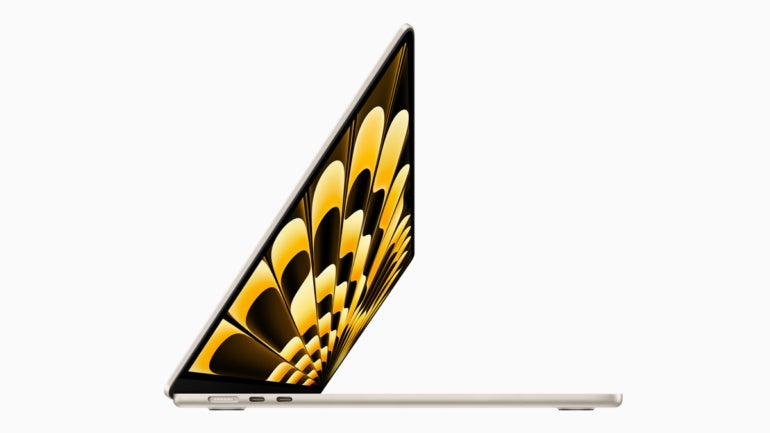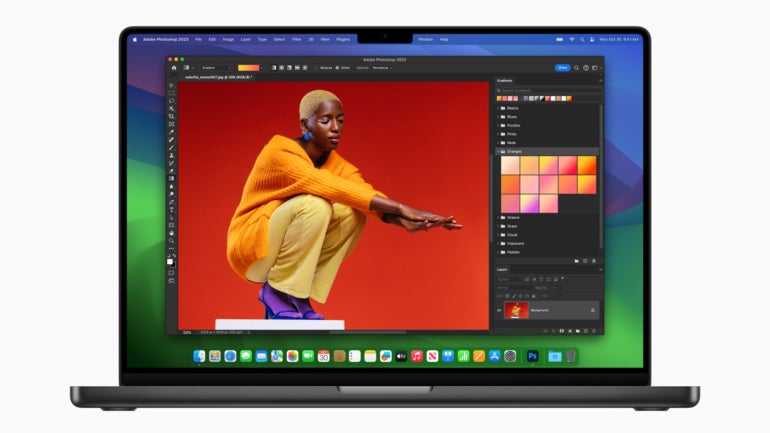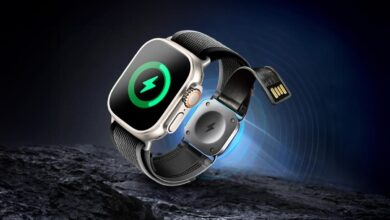How to Choose the Best MacBook Laptop for Small Business Employees

[ad_1]
Employees, even those using Apple laptops, regularly require new computers; the challenge is deciding which Mac laptop model each employee really needs.
Small businesses tend to be experts within their own fields as opposed to experts at knowing different Macs’ capabilities, so matching Apple laptop models to specific business purposes can be confusing. The fact that Mac laptops start at $999 (i.e., the cost of a 13-inch MacBook Air equipped with an M1 chip at the time of this writing) makes it particularly important that small businesses seeking to minimize expenses and optimize investments make the correct choice.
The following tips, collected over 20 years as the co-owner of a managed service provider that continually assists businesses in selecting and deploying the most appropriate tech equipment, should help you make these Mac laptop purchasing decisions.
Start by reviewing the employee’s business needs
Small businesses should first take time to purposefully consider the actual daily tasks and responsibilities an employee typically fulfills before choosing a specific MacBook, keeping in mind that not all employees require a MacBook Pro.
For example, say your office administrator frequently uses common document and spreadsheet apps, manages QuickBooks responsibilities and sends invoices using a web-based tool, plus a couple times a year formats and distributes an email newsletter that features upscale artwork and images. An entry-level MacBook Air is more than capable of meeting this employee’s business needs; the advanced graphics capabilities of an M3-powered MacBook Pro aren’t necessary.
SEE: TechRepublic’s 5 Best MacBooks for Businesses in 2024
While Apple is sometimes criticized for producing elegant but expensive computers, Mac laptops earn their reputation for reliability, build quality and performance; even a base 13-inch M1-powered MacBook Air packs impressive capabilities. Apple’s M1 MacBook Air includes a high-quality LED-backlit display that supports True Tone and P3 wide color technologies necessary when working in advertising, marketing, graphic arts, merchandising, social media, imaging, video production and other industries. Such models also include Apple Silicone chips that boast impressive performance and battery life. M2 models, an example of which is shown in Figure A, further improve the MacBook Air’s performance capacities and extend the laptop’s capabilities and likely compatibility with future operating systems.
Figure A

Ask the employee what’s more important: Mobility or desktop use?
Next, ask your employee whether mobility or desktop use is more important. For instance, Apple’s 13-inch MacBook Air and 14-inch MacBook Pro naturally appeal to employees who travel much more than others and prize portability. Other staff regularly employ their Macs as desktop replacements, so they prefer larger displays, such as those that come standard with a 15-inch MacBook Air or even a 16-inch MacBook Pro.
Fortunately, most businesses do not need to pay $2,499 for a base 16-inch MacBook Pro. In cases where a mobile employee often works from the office and needs a larger display, all MacBooks can support at least one external display, and that second monitor can be a simple $250 27-inch business-grade device. This means small businesses don’t have to shell out $1,599 for Apple’s 27-inch Studio Display designed to meet stringent photography and digital cinema requirements unless the employee is performing complex image and video production tasks that often require color-matching capabilities.
The 14-inch M3-powered MacBook Pro is often a cost-effective compromise. When a user’s CPU and graphics requirements exceed the capabilities of the MacBook Air line (e.g., when an employee requires more audio or video editing and rendering capacity, the ability to develop and test code and AI programming, or draft 3D drawings and edit and produce high-resolution images), the simple step up to the base MacBook Pro delivers a surprising increase in capacity.
DOWNLOAD: IT Hardware Procurement Policy (TechRepublic Premium)
Apple’s M3 MacBook Pro, introduced in late 2023, adds AV1 decoding compatibility to help power more efficient, high-quality video production. Other upgrades the MacBook Pro provides include a Liquid Retina XDR display supporting higher resolution and brightness specifications and ProMotion technology that dynamically adjusts the Mac’s display to better match content, such as assisting with animating and scrolling by enabling more smooth and fluid video performance. The machines also boast an enhanced high-fidelity six-speaker sound system and studio-quality microphone array to improve the quality of audio playback and video conferences.
Face this fact: More demanding business needs require greater processing capacity
Even within small businesses, some users still require greater processing capacity to manage more demanding tasks. For such users, Apple offers M3 Pro and M3 Max chip upgrades and a larger 16-inch footprint within its MacBook Pro lineup, an example of which is shown in Figure B. Because post-production professionals editing and rendering high-resolution video, crunching statistical calculations or routinely working within resource-intensive AutoCAD environments also often require multiple external displays, the higher-end M3 Pro and Max 16-inch MacBook Pro models can drive additional displays, up to four in fact on the M3 Max model, with three of those displays running 6K resolution and a fourth at 4K.
Figure B

But such demanding capacities are typically rare, especially within most small businesses. While there are exceptions, the 13-inch and 15-inch MacBook Airs will fit the bill for fulfilling all the most common office responsibilities, including using office productivity suites, sending and receiving email, operating web-based apps and working from the office or on the road.
In cases where employees spend much more time creating and editing audio and video content, the 14-inch MacBook Pro should prove a compelling upgrade that is capable of meeting the majority of small business advertising, marketing, social media and similar needs.
Remember this: MacBook Airs properly equip most small business users, while the MacBook Pro addresses exceptions
Within small businesses, seldom will the need arise to upgrade beyond the potent capacity provided by Apple’s M3 MacBook Pro. However, AI developers and audio and video engineers often work with complex and demanding software applications and data that necessitate the higher performing M3 Pro and M3 Max chips found in the MacBook Pro. While Apple offers systems that meet or exceed even professionals’ demanding computing needs, small businesses must be prepared to pay. For most other common tasks, Apple’s MacBook Air and base MacBook Pro should prove worthy of most small organizations.
[ad_2]
Source Credit




